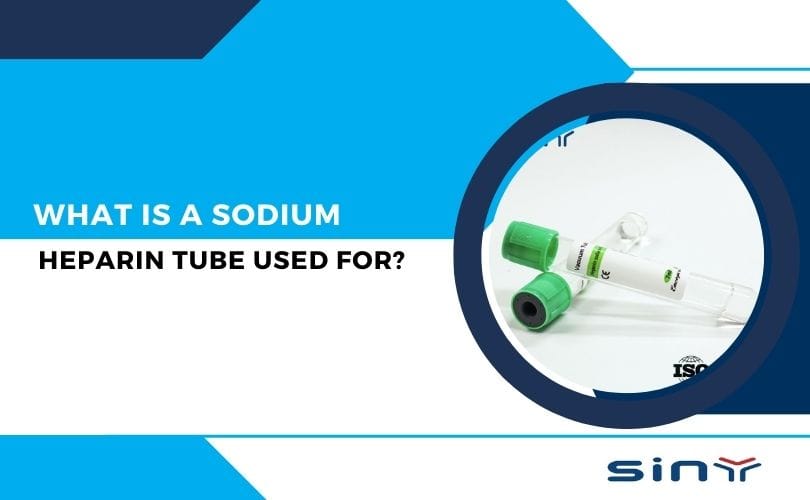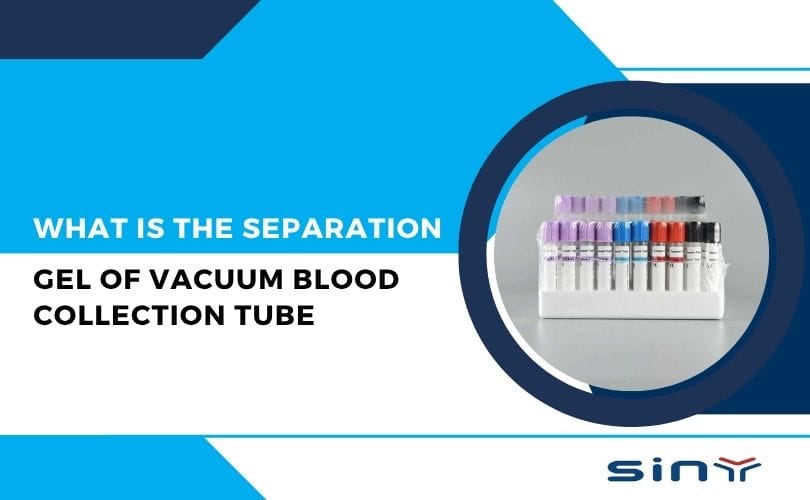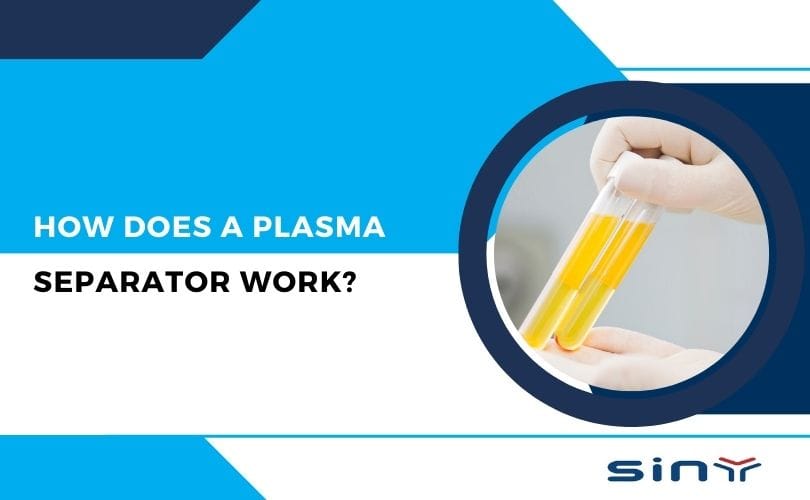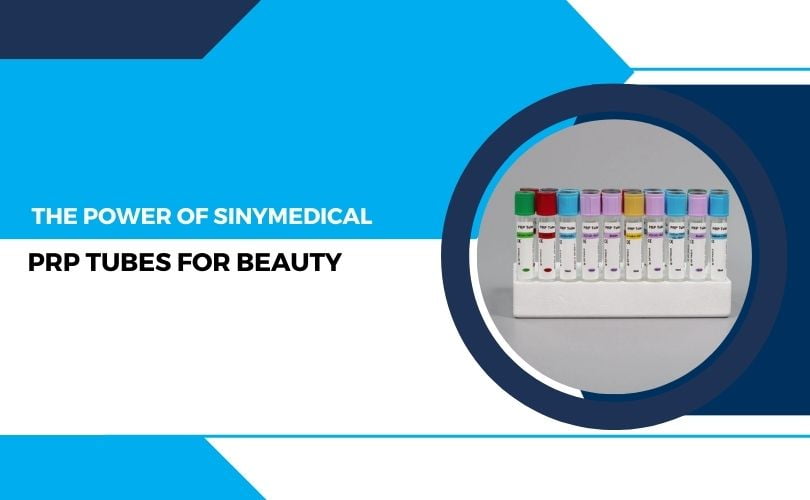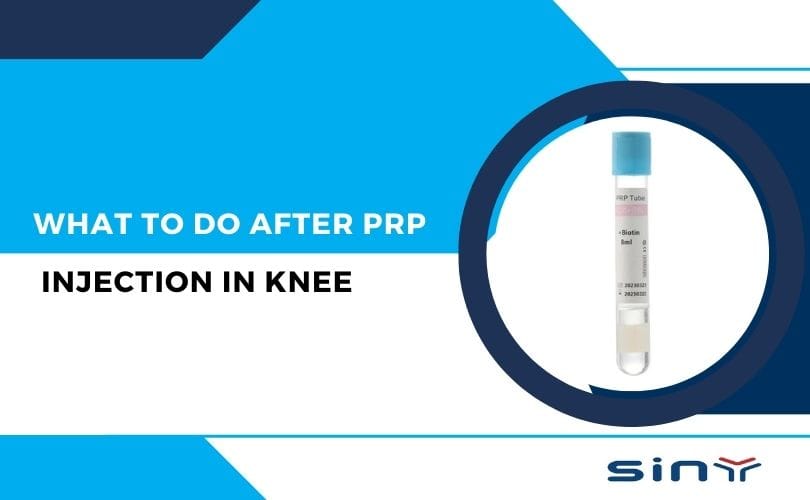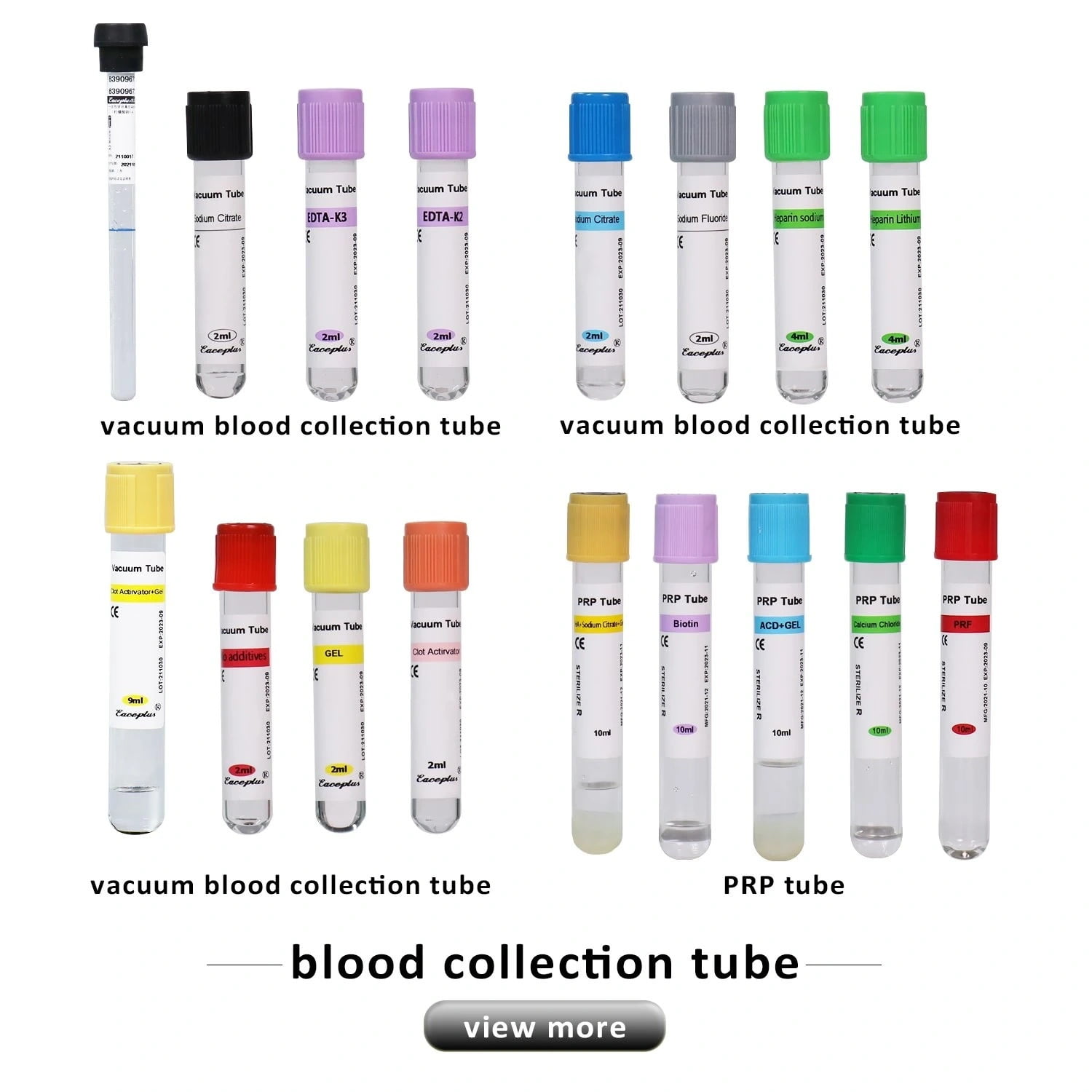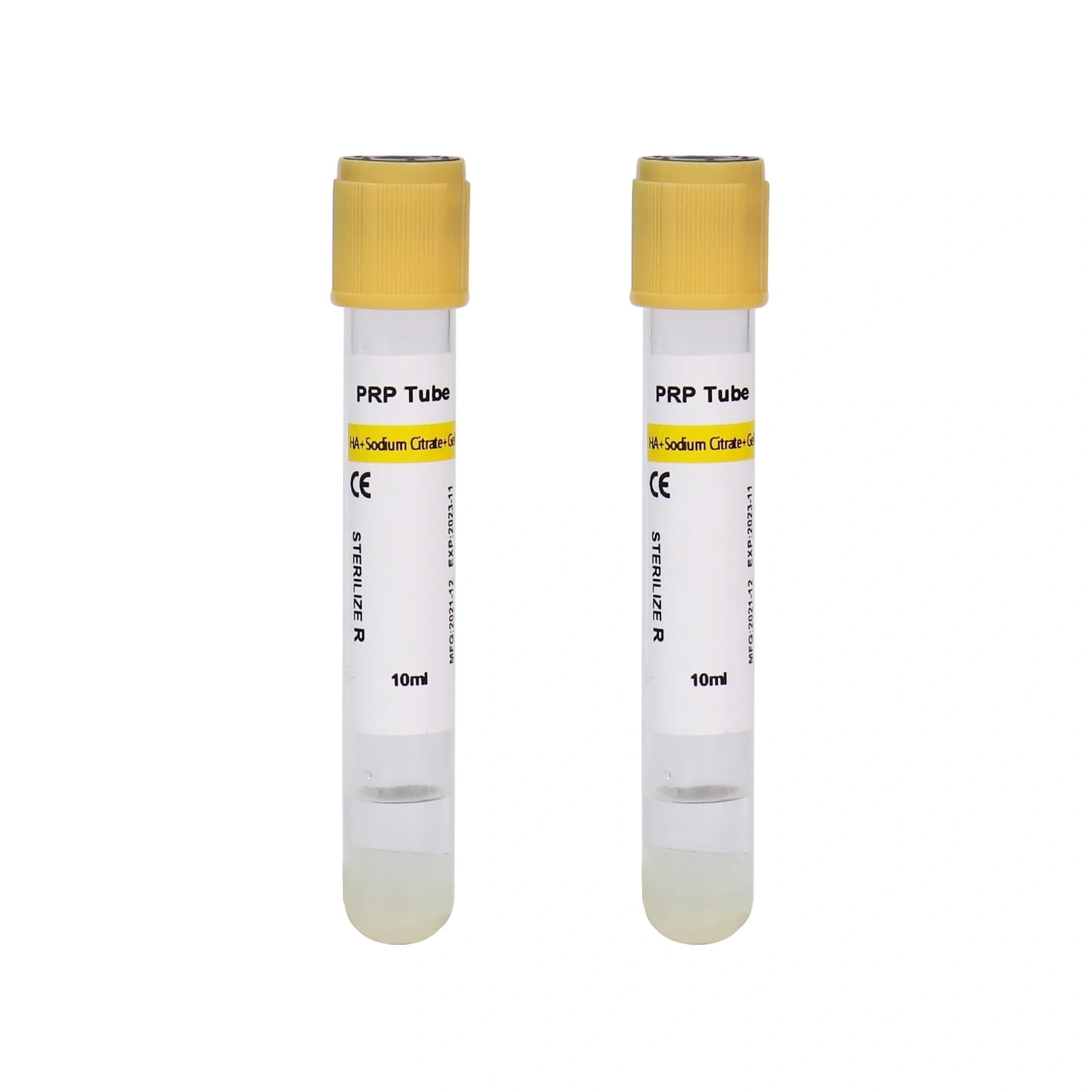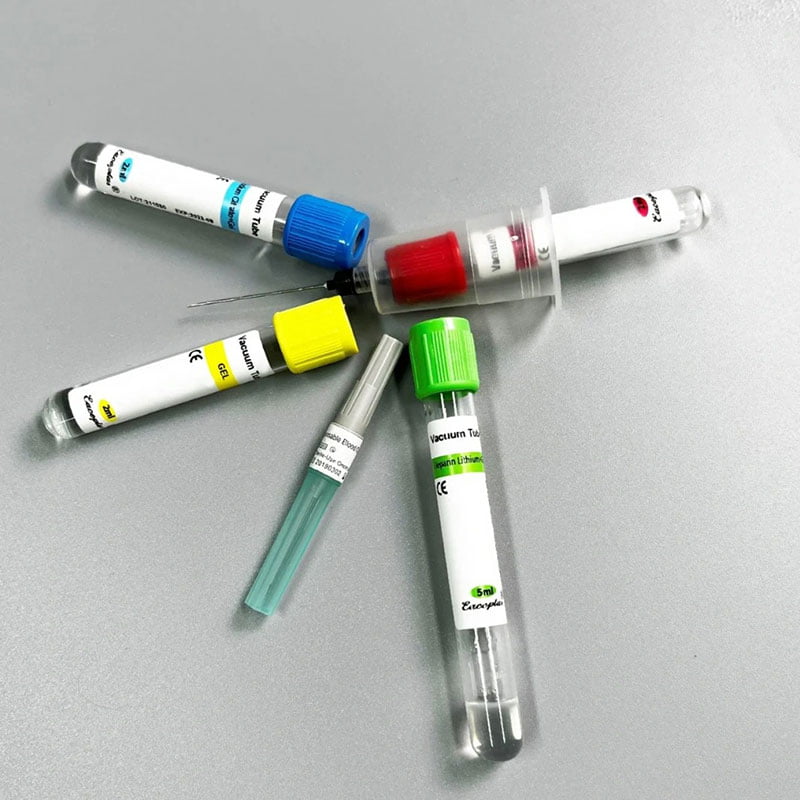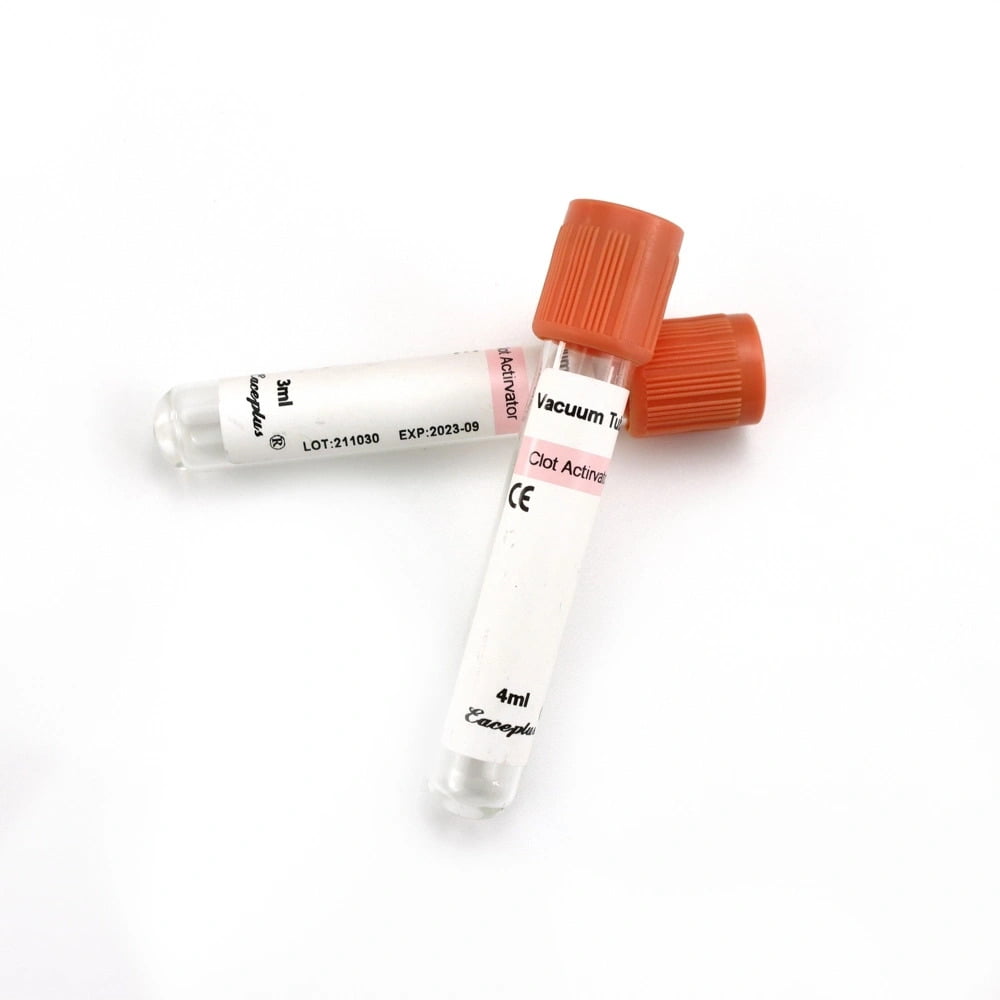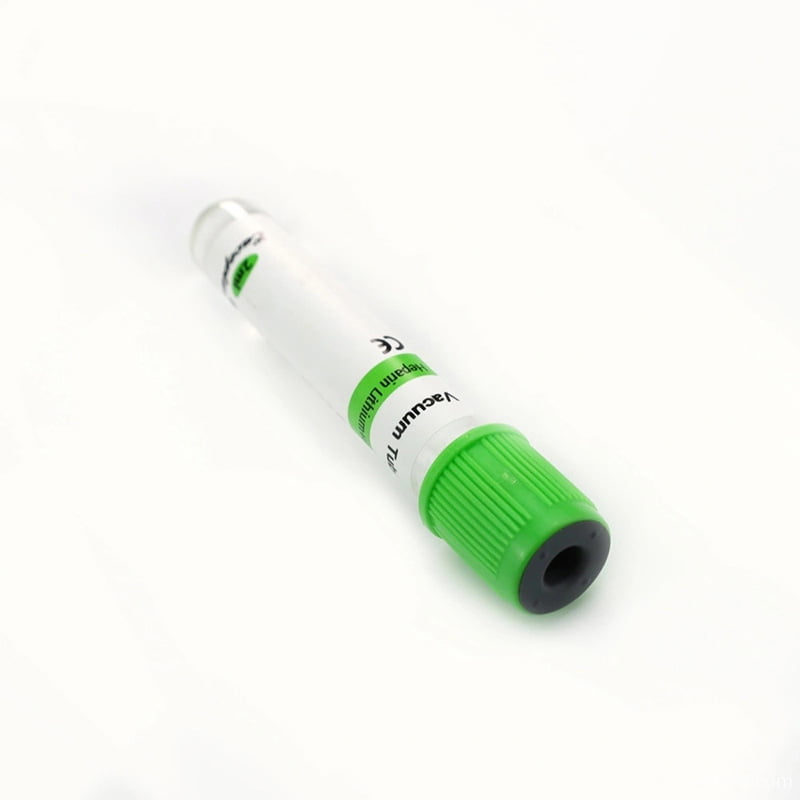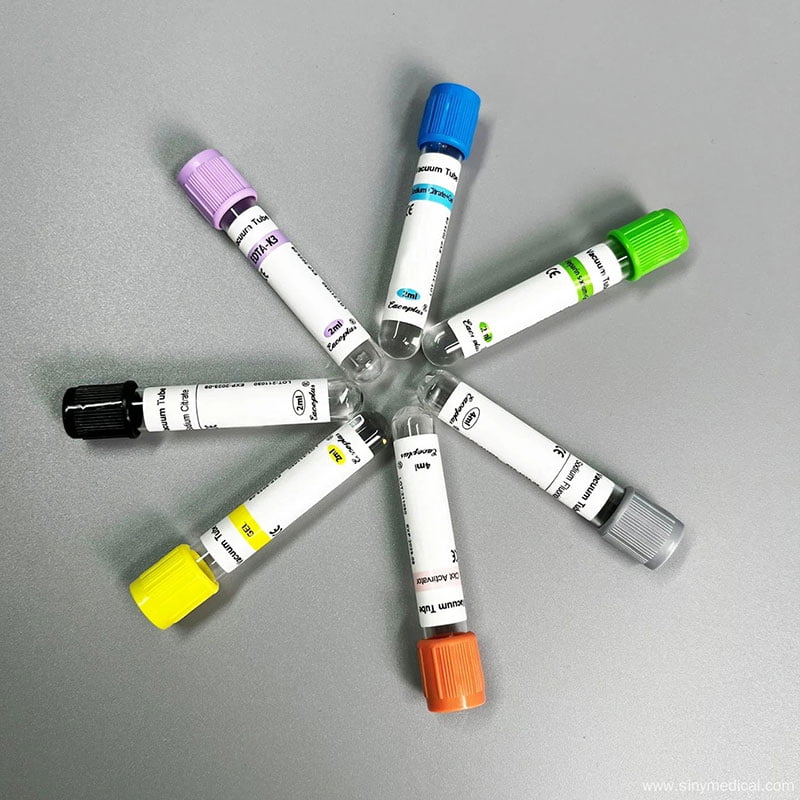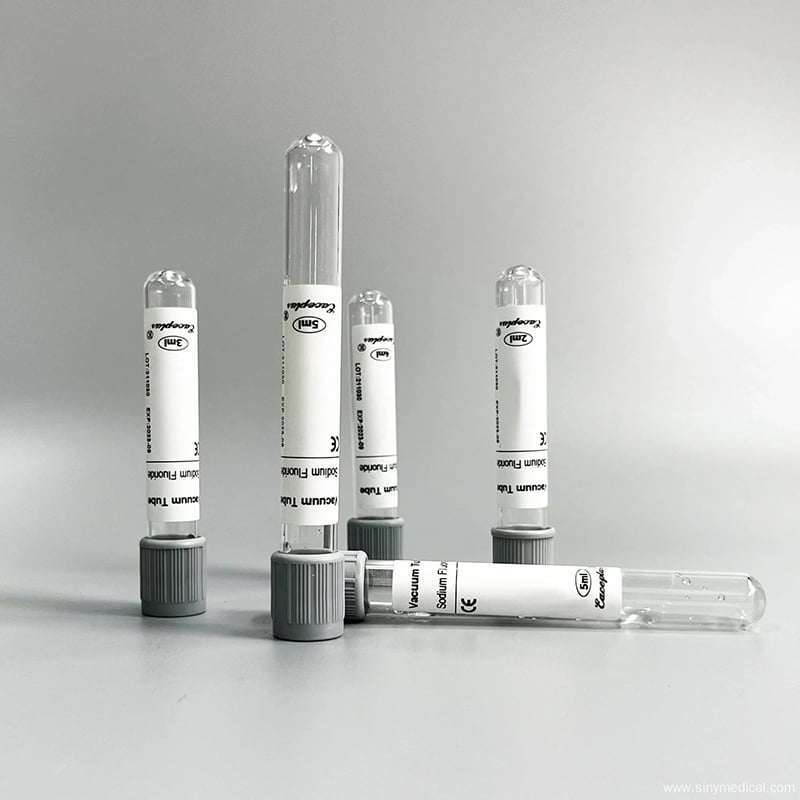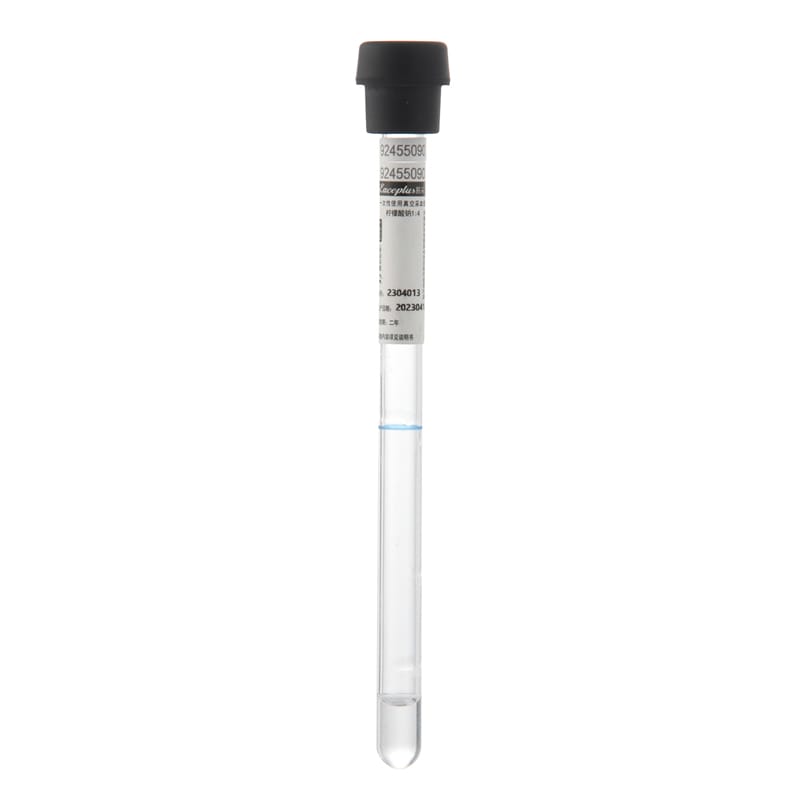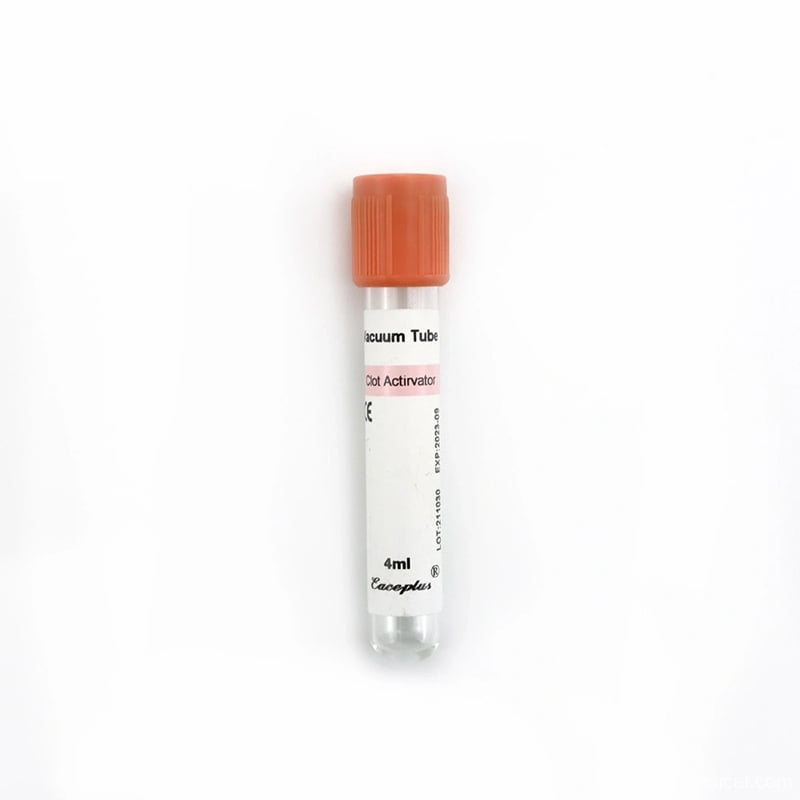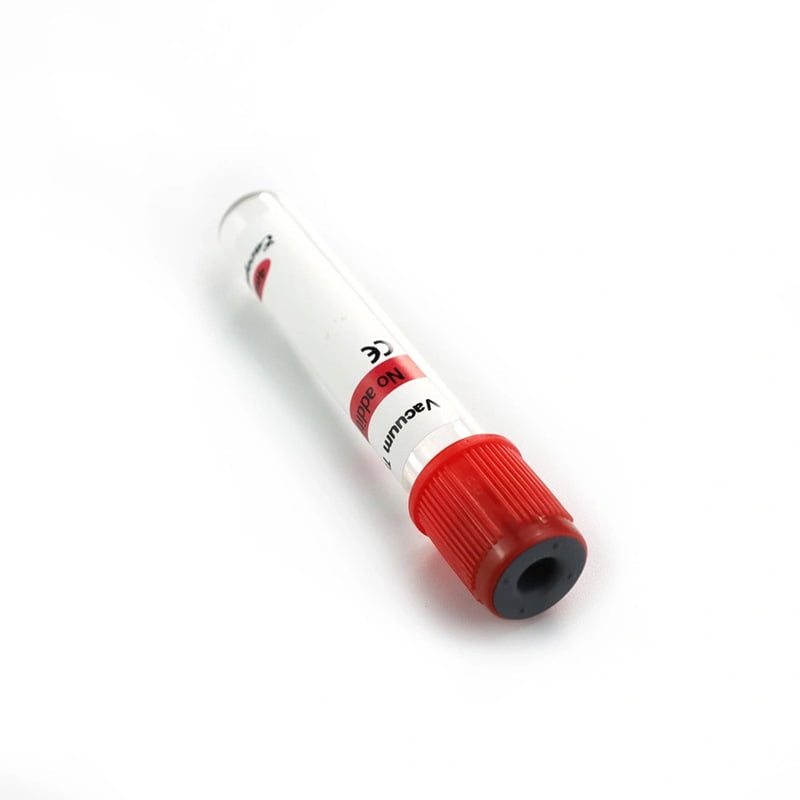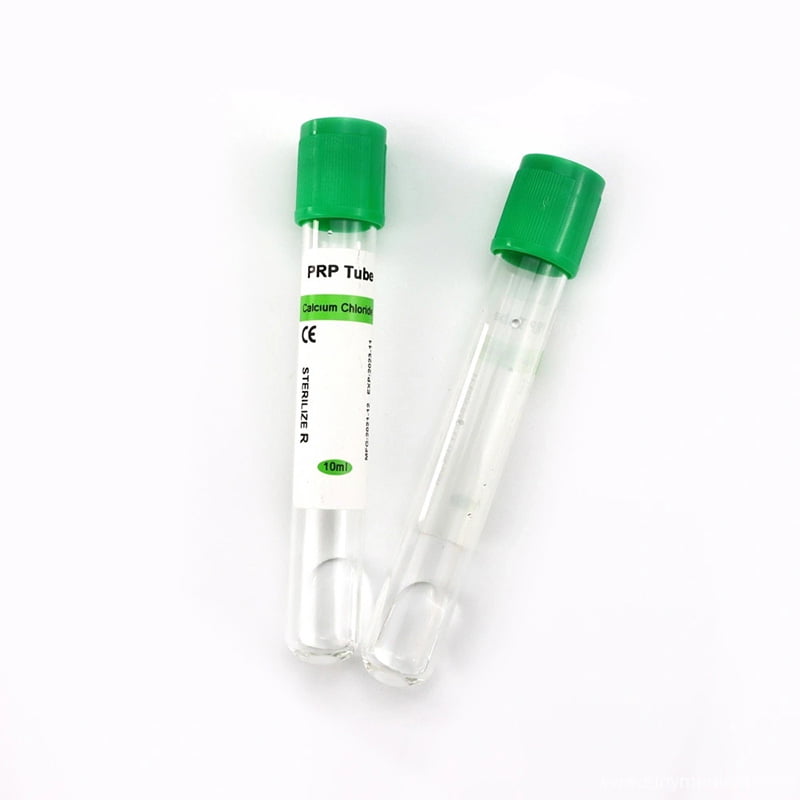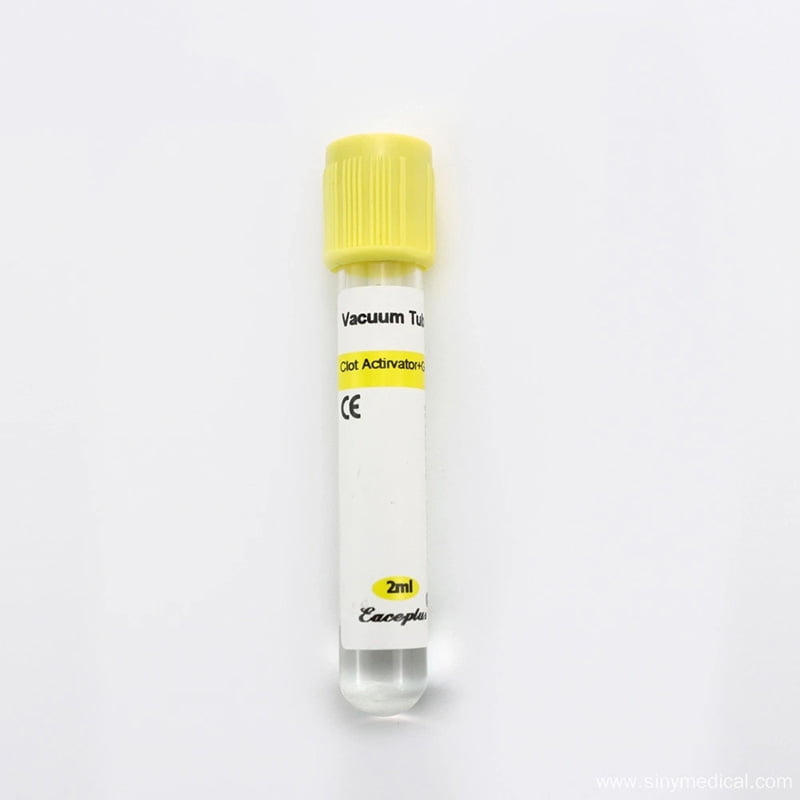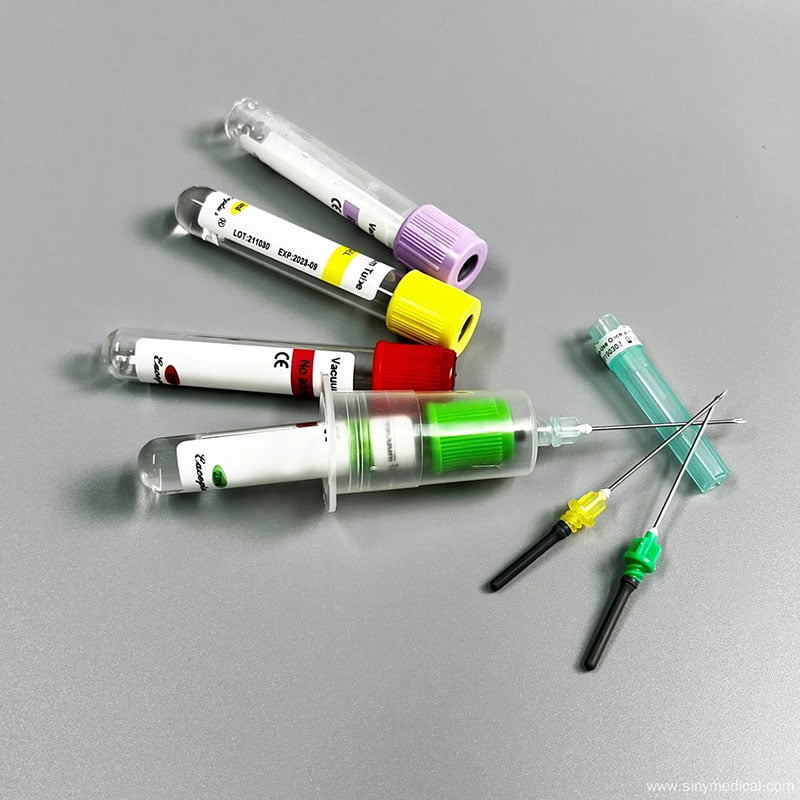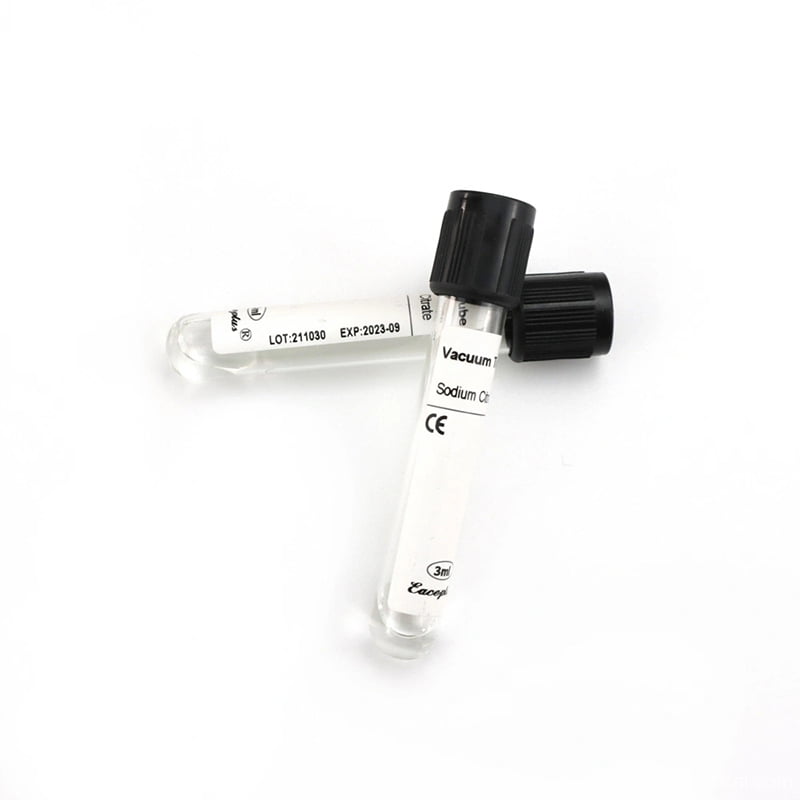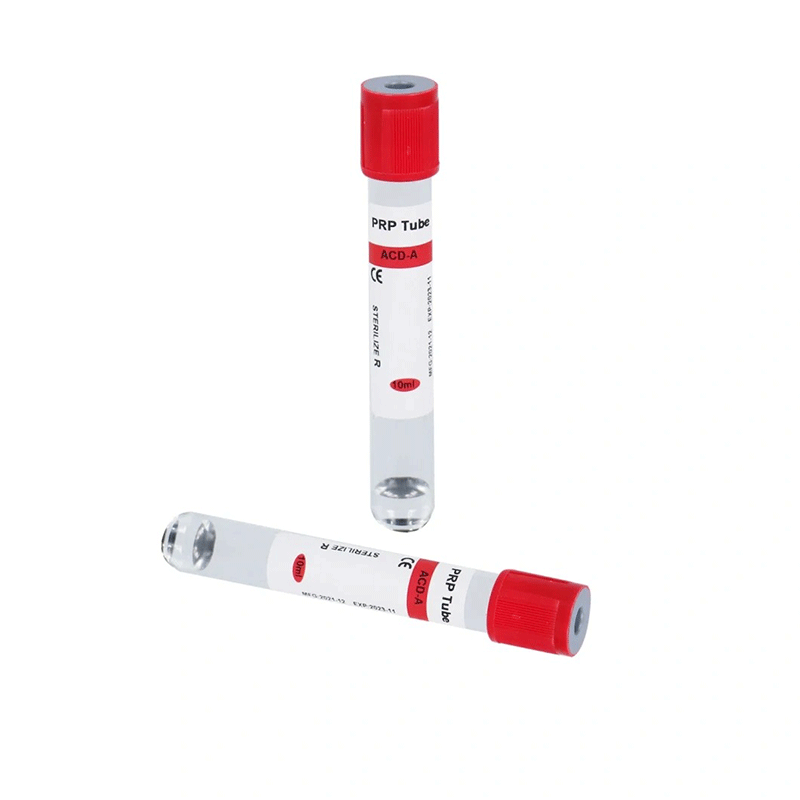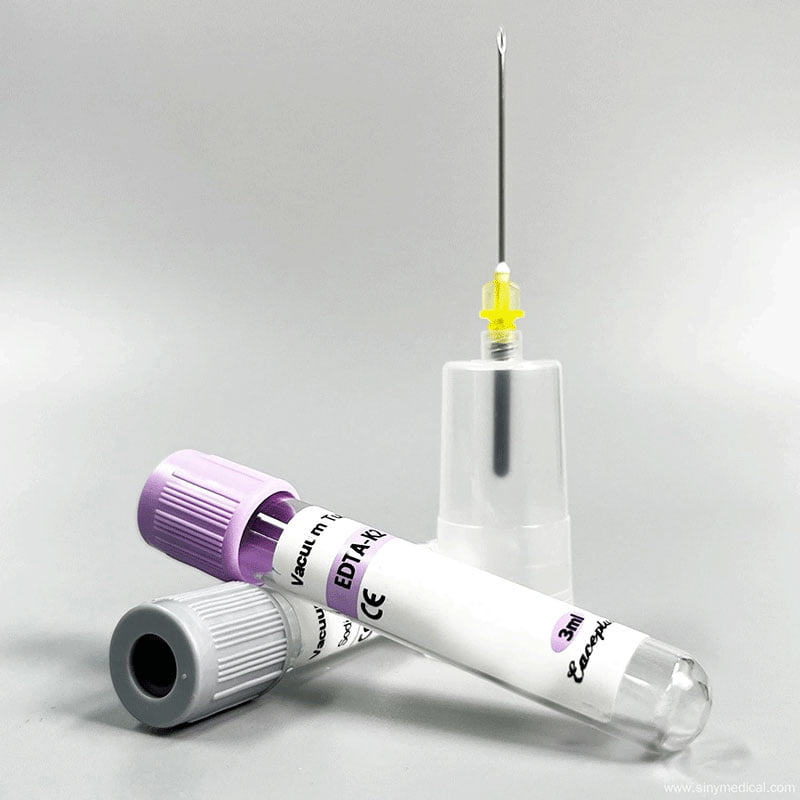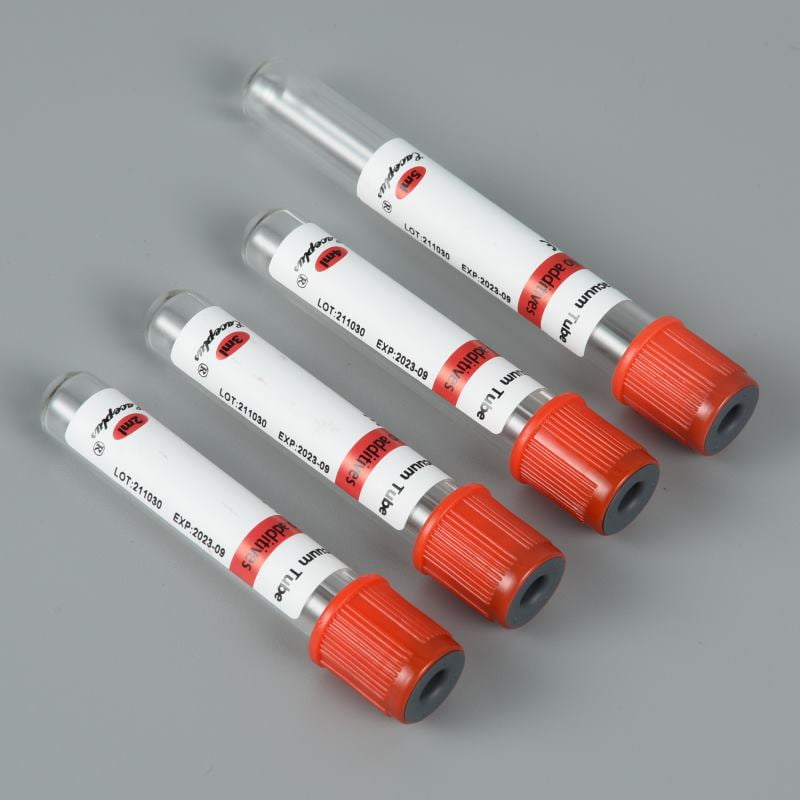Platelet-Rich Fibrin (PRF) is a groundbreaking advancement in regenerative medicine, widely used in dentistry, orthopedics, and aesthetics. PRF leverages the body’s natural healing mechanisms to promote tissue regeneration and accelerate recovery. This blog explores the Types Of PRF, delving into their unique characteristics, applications, and benefits. Whether you’re a medical professional or someone exploring treatment options, this comprehensive guide will provide valuable insights into the world of PRF.
This blog explores the types of PRF, their preparation methods, biological properties, clinical applications, and advantages, providing an in-depth resource for practitioners and patients alike.
Table of Contents
Understanding Platelet-Rich Fibrin
What is PRF?
PRF, or Platelet-Rich Fibrin, is a second-generation platelet concentrate derived from the patient’s blood. Unlike PRP (Platelet-Rich Plasma), PRF contains a higher concentration of growth factors and a fibrin matrix, which enhances its regenerative properties. It is widely used in procedures like dental implants, knee treatments, and hair restoration. For more information on PRF tubes, visit PRF Tubes by Siny Medical.
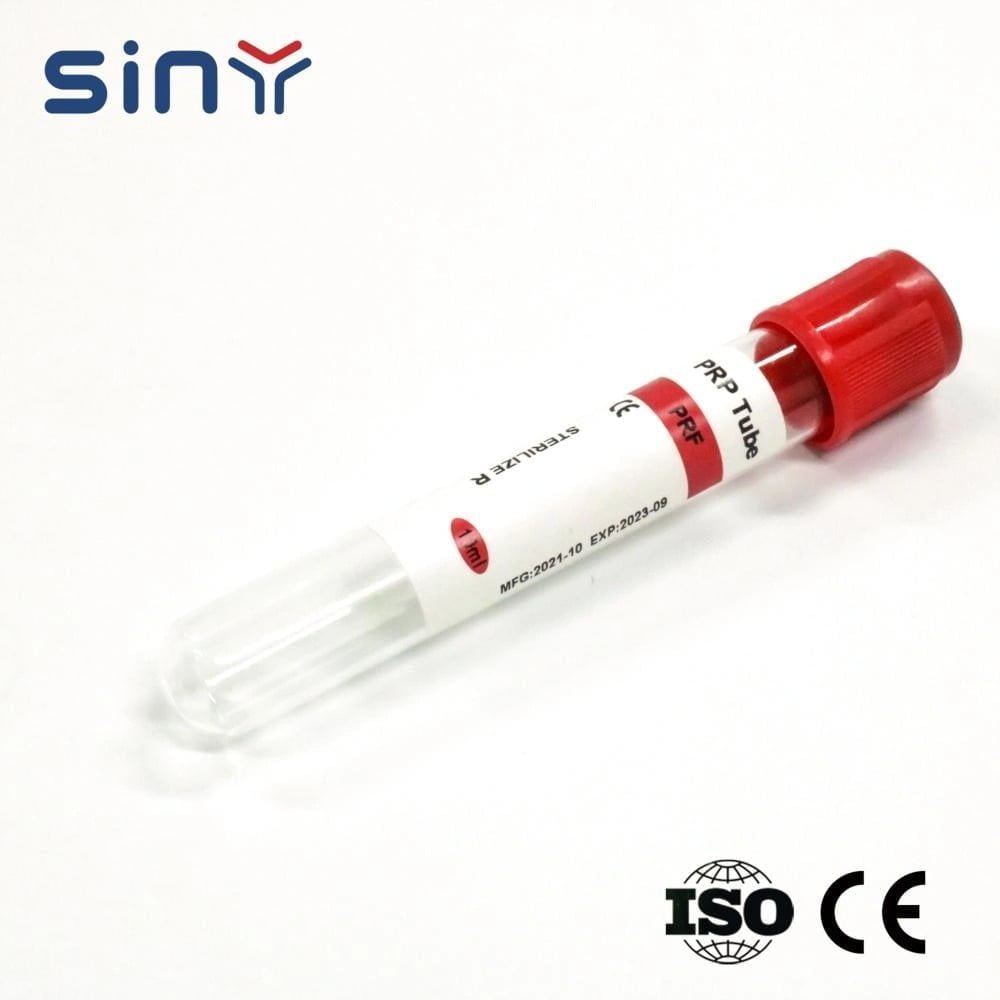
Types Of PRF
Understanding the Types Of PRF is crucial for selecting the right treatment. Below are the primary types of PRF and their applications:
Standard PRF (S-PRF)
Standard PRF is the most commonly used type of PRF. Clinicians prepare it by centrifuging the patient’s blood without adding any additives. The fibrin matrix in S-PRF promotes slow release of growth factors, making it ideal for procedures like dental implants and wound healing. Explore more about S-PRF in our PRP Tubes for Dental section.
Advanced PRF (A-PRF)
A-PRF Tube 10ml for Dental is an enhanced version of S-PRF, offering a higher concentration of platelets and growth factors. It is particularly effective in orthopedic treatments, such as knee and joint therapies. Learn more about its applications in our 10ml PRF Tube for Knee Treatment.
Injectable PRF (I-PRF)
The Injectable PRF Tube contains a liquid form of PRF that practitioners can inject directly into the treatment area. Clinicians widely use it in aesthetic procedures, including skin rejuvenation and hair restoration. Discover more about its benefits in our 8-15ml I PRF Tube extraction Injection PRP.
Leukocyte-Rich PRF (L-PRF)
Leukocyte-Rich PRF contains a higher concentration of white blood cells, enhancing its anti-inflammatory and immune-boosting properties. It is commonly used in periodontal treatments and regenerative surgeries. For more details, visit our PRP Tubes for Beauty page.
Concentrated Growth Factor (C-PRF)
C-PRF is produced through multi-step or gradient centrifugation protocols designed to maximize the concentration of growth factors within a dense fibrin membrane. This form is especially useful in bone defect repair and tissue engineering applications requiring high regenerative potential7.
See 10ml PRF Tube for Knee Treatment for related products.
Titanium Platelet-Rich Fibrin (T-PRF)
T-PRF employs titanium-lined tubes that accelerate clotting and enhance the fibrin network’s mechanical strength and biological activity. This type is particularly effective for bone regeneration and periodontal tissue management, offering improved healing outcomes
Concentrated Growth Factor (CGF)
CGF uses a specialized dual-spin centrifugation protocol to produce a gel-like fibrin matrix with highly concentrated growth factors. CGF suits large-scale bone and soft tissue regeneration but demands precise equipment and operator expertise.
Pros and Cons of PRF Types
| PRF Type | Advantages | Limitations |
|---|---|---|
| L-PRF | High leukocyte and platelet content; strong antimicrobial properties; robust fibrin network | Requires high-speed centrifuge; tubes can be costly |
| A-PRF | Enhanced growth factor release; easier handling; better nutrient flow | Longer centrifugation time may slow workflow |
| i-PRF | Injectable form; suitable for minimally invasive treatments; user-friendly | Rapid clotting limits working time; lower volume yield |
| H-PRF | Uniform cell/fibrin distribution; consistent regenerative results | Requires specialized horizontal centrifuge |
| C-PRF | Maximizes growth factor concentration; ideal for bone repair | Complex preparation; higher cost |
| S-PRF | Simple, affordable, widely available | Moderate growth factor levels; average fibrin density |
| T-PRF | Strong fibrin structure; improved bioactivity | Expensive titanium tubes; niche equipment needed |
| CGF | Very high growth factor concentration; excellent for large defects | Difficult to standardize; operator skill-dependent |
How PRF is Prepared
PRF preparation involves a simple process:
- The practitioner draws blood from the patient.
- The centrifuge separates platelets and fibrin from the blood sample.
- The resulting PRF is ready for application.
For more details on PRF preparation, visit PRP Tube 0.
PRF Tubes and Equipment: Importance of Quality and Compatibility
The choice of PRF tubes significantly affects the quality of the final product. Tubes made of glass or plastic with specific coatings influence clot formation and growth factor release. Titanium tubes, for example, enhance clot strength and bioactivity in T-PRF preparation. Using certified, sterile tubes like those available at Siny Medical PRF Tube Category ensures reproducibility and clinical safety.
Summary
Platelet-Rich Fibrin (PRF) represents a significant advancement in regenerative medicine, offering a natural, autologous scaffold rich in platelets, leukocytes, and growth factors. Manufacturers tailor various types of PRF such as L-PRF, A-PRF, i-PRF, H-PRF, C-PRF, S-PRF, T-PRF, and CGF through specific centrifugation protocols and tube technologies to optimize healing for different clinical needs.
Understanding the differences among these types allows clinicians to select the most appropriate PRF form for dental, orthopedic, cosmetic, or wound healing applications. For high-quality PRF tubes and preparation kits, Siny Medical offers a comprehensive product range designed to support effective and standardized PRF therapies.
FAQ
What’s the difference between PRP and PRF?
PRF contains no anticoagulants and forms a natural clot, whereas PRP is an anticoagulated liquid. PRF releases growth factors slower and lasts longer.
Can I use i-PRF for facial rejuvenation?
Absolutely! i-PRF is excellent for aesthetic facial injections, microneedling, and lip rejuvenation.
What type of PRF is best for dental implants?
Practitioners commonly use L-PRF and T-PRF in implant dentistry because of their strong structure and healing potential.
Do all PRF types require different tubes?
Yes. Tube design (material, coating) affects clotting and cell yield. Choose PRF-specific tubes from trusted suppliers like SINY Medical.
Is PRF safe?
Yes, Because the patient’s own blood produces PRF, it carries minimal risk of rejection or infection.



